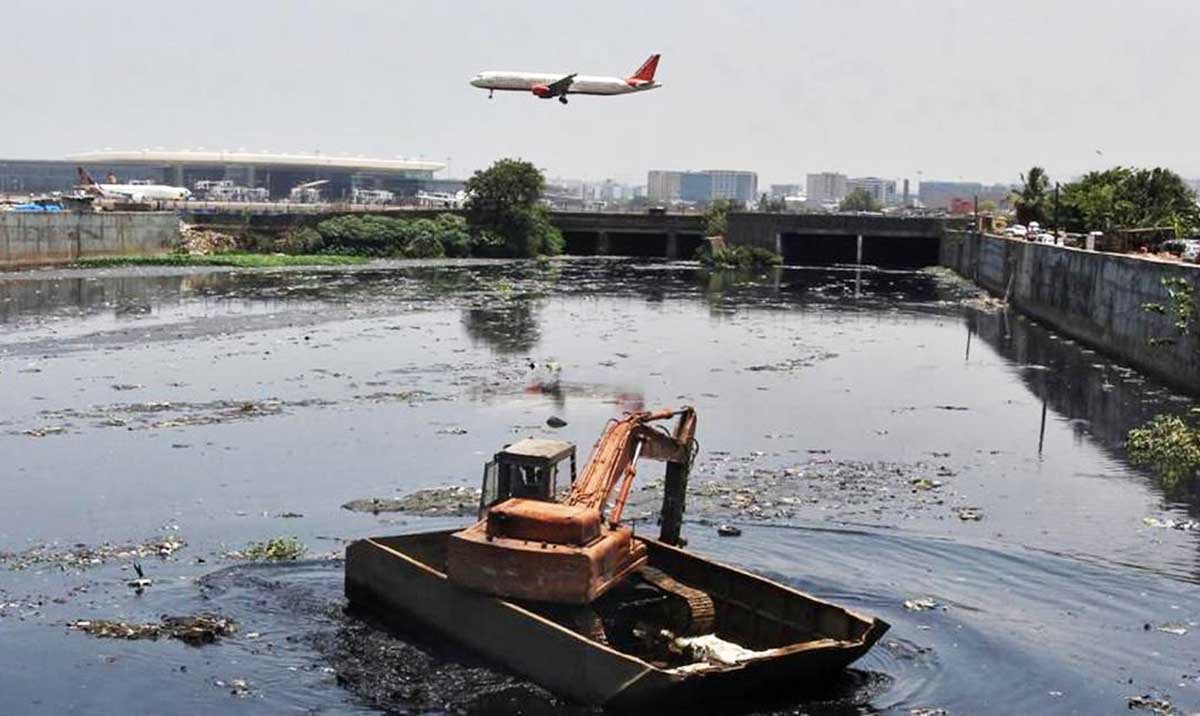
In 2015, as a part of the overhyped Swachh Bharat Mission, the BMC then announced its ‘One-Home-One-Toilet’ scheme. But it remained a populist gimmick that was abruptly abandoned two years later. In Mumbai, many homes lack toilet facilities. Even today if you go to chawls in Girgaon, Jogeshwari, and Lalbaug the toilets are outside the house in a row and they are common lavatories. Traditionally, the Girgaonkar believed that impurity should not touch their homes. They believed that the place of cooking and the place of excretion shouldn’t be inside the home. Hence, they never made toilets inside their homes. They always considered defecation impure. Even today, if you travel by local trains you can see, women would group together and lighten them away from the colony early in the morning before sunrise. Men would do it anywhere.
BMC and local MLAs built several common toilets across slums, but compared to the population and geographic area, those toilets are not enough for such an enormous population. In the morning hours, to avoid long waiting, they prefer defecation in open spaces around railway tracks or alongside roads. Toilets are still unavailable in many slums because of infrastructural issues or financial problems. What is shocking is that even cities like Mumbai lack toilet facilities. This is common in the slums and chawls and is mostly due to lack of space.
Now BMC came up with a blueprint to reduce Mumbai’s carbon footprint and make it a climate-resistant city. An investigation under the Mumbai Climate Action Plan (MCAP) has shown that only 58 per cent of the population has access to toilets at home. Most of the homes with an area of 100 square feet or less do not have sanitation and water supply, because applications for individual toilets and water taps are pending approval or the structures sit on intruder land. These slums have no private water taps, like toilets the water taps are also common and they collect water by taking turns. In such a scenario, maintaining toilets is a colossal task.
The slums are overpopulated and congested. There is no suitable space for building toilet blocks. Hence, work in those areas has come to a halt. Apart from posing serious health hazards, poor sanitation can pollute surface water and groundwater and increase air pollution. The MCAP report emphasizes its finding that 41.7 per cent of Mumbai’s population still depends on community toilets. A few years ago, a WHO-UNICEF Joint Monitoring Programme had termed the community toilets an unaltered sanitation source.
They’re not enough spaces in this city to build toilets in every home. Such a scheme will not work unless there is 100 per cent commitment from authorities. Now Aditya Thackeray claims that there will be drinking water for all from May 1. As of now, 29 per cent or one in three households do not have water taps. Water is long pending crucial issues. Even today most of the buildings are dependent on tanker water supply. There are so many toilets that are not connected to the sewerage network. There are taps, but no adequate water. The chawl has a common water tap so that they have to queue up based on turns and during the monsoon, it becomes very unhygienic. The sewage and water lines flow together.
Looking at Mumbai’s demography, it is almost very difficult to provide individual toilets, as sewage lines are not available in many places. In 2014, Mumbai had over 1 lakh toilet seats. The idea to resolve this issue is to increase the number of community toilets, and expedite redevelopment so more households could get separate toilets and the long-term solution is to complete work on building STPs and sewage networks. BMC and government come up with many pleasing announcements ahead of local body elections, but they do not fulfil these promises. Water, gutter and meter are the basic issues of Mumbaikar. Monsoon is another mess, because of lack of drainage arrangements and garbage chocks, the gutters overflow, potholes on the road take many lives, water logs and traffic jams go hand in hand. Each government promised improvisation but that was just lip service.

